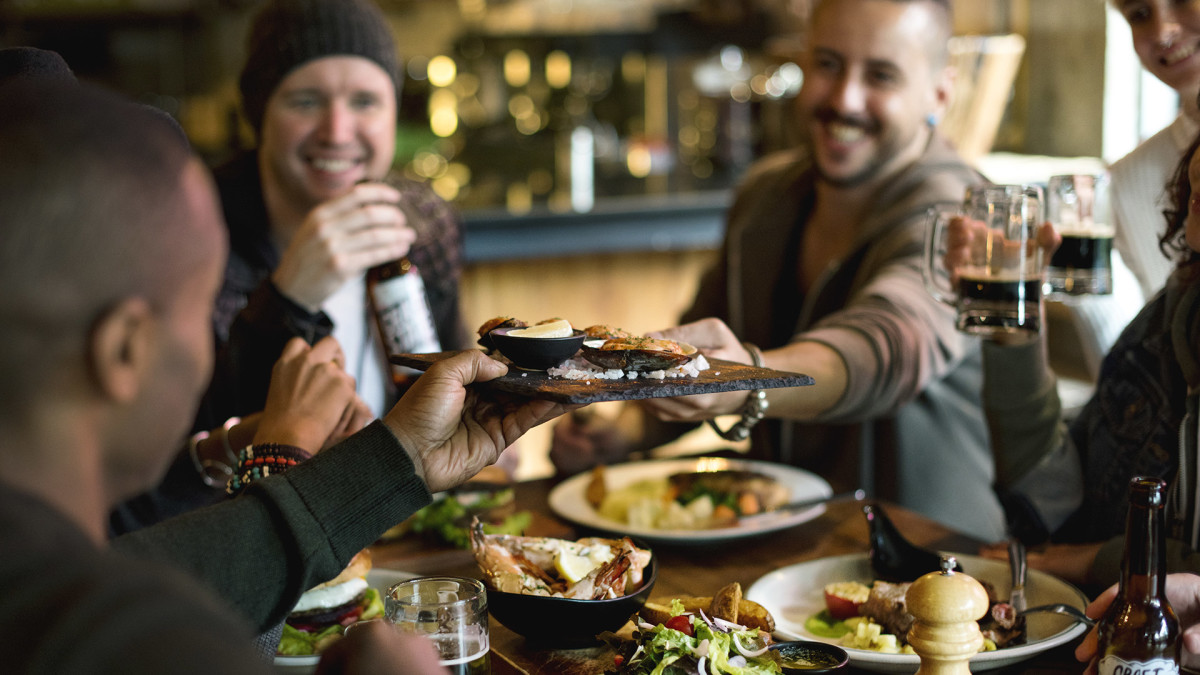In the dynamic seas of the food industry, navigating through economic turmoil such as the beloved restaurant chain Red Lobster. Suddenly after the pandemic, consumer preferences require more than just a strong brand name; it necessitates adaptability, strategic foresight, and sometimes, a hard pivot towards restructuring. As the waves of the COVID-19 pandemic have settled, they’ve left behind a landscape reshaped by social distancing norms, inflationary pressures, and a shift in dining habits, compelling many restaurant chains to reconsider their strategies.
Red Lobster, a beacon for seafood enthusiasts, finds itself at a crucial juncture, signaling a potential Chapter 11 bankruptcy filing.
A Storm Brews Over Dine-In Experiences
The charm of dine-in experiences, with their promise of a convivial atmosphere and freshly prepared meals, has been the cornerstone of restaurant chains like Red Lobster. However, the pandemic-era restrictions that mandated the closure or capacity reduction of dining spaces revealed a gaping vulnerability in this model.
While some entities seamlessly transitioned to delivery and takeout services, others, caught in the tide, grappled with accumulating debts from which recovery has been elusive.

The challenges didn’t end with the pandemic’s peak. Restaurateurs continue to face the twin pressures of inflation and heightened ingredient costs, alongside a labor market demanding higher wages.
This perfect storm has led to a cautious consumer base that, swayed by the relative affordability of supermarket dining over restaurant meals, is dining out less frequently.
Red Lobster’s Sinking Ship: A Chronicle of Misjudgments
At the heart of Red Lobster’s distress is a series of strategic missteps, most notably underlined by failed promotions that have become lore.

The all-you-can-eat crab and shrimp offers, intended to draw crowds, instead drained millions from the company due to underpricing and misjudgment of customer appetites.
These blunders recounted with a mix of amazement and caution, exemplify the precarious balance between enticing offers and financial viability.
The current scenario sees Red Lobster, under the ownership of Thai Union Group, grappling with the repercussions of these decisions, compounded by the broader industry headwinds.
Red Lobster is now in Chapter 11 Bankruptcy and it’s not working out. Perhaps it’s because they build locations on the gulf coast where local seafood restaurants are King. https://t.co/abXt0WOeHq
— Sold to Georgia 🇺🇸 (@VictoriaLoveEsq) March 28, 2024
The appointment of Jonathan Tibus, a renowned turnaround expert, as CEO marks a pivotal effort to steer the chain away from the rocks.
Tibus, with his track record of navigating Chapter 11 filings for other brands, embodies a beacon of hope for a brand in troubled waters.
The Horizon: Chapter 11 and Beyond
Thai Union’s candid acknowledgment of Red Lobster’s draining financial performance and the consequent decision to divest signals a clear recognition of the need for a drastic change in course.
The potential move towards Chapter 11 bankruptcy is not just about financial reorganization; it’s about reimagining Red Lobster’s place in a post-pandemic world. This strategic pivot, aiming for a leaner operation with a revitalized focus, may well be the lifeline that pulls the brand back from the brink.

The journey ahead for Red Lobster, described by industry observers as a “zombie brand,” is fraught with uncertainty but also ripe with potential. The term, evocative of aimlessness, belies the strategic undercurrents at play as the brand seeks to redefine itself. With no buyer on the horizon and a substantial write-down already in the books,
the path of bankruptcy, followed by a structured sale, seems a pragmatic route toward salvaging what remains of this once-iconic chain.
In the final analysis, Red Lobster’s saga serves as a stark reminder of the relentless and unforgiving nature of the food industry, where survival hinges not just on culinary appeal but on strategic agility and financial acumen. As the brand navigates through these turbulent waters, its journey will undoubtedly offer valuable lessons for others in the sector.
Whether Red Lobster can emerge from this storm with its flag still flying high remains to be seen, but one thing is clear: the food industry’s landscape is ever-changing, and adaptability is key to enduring success.









